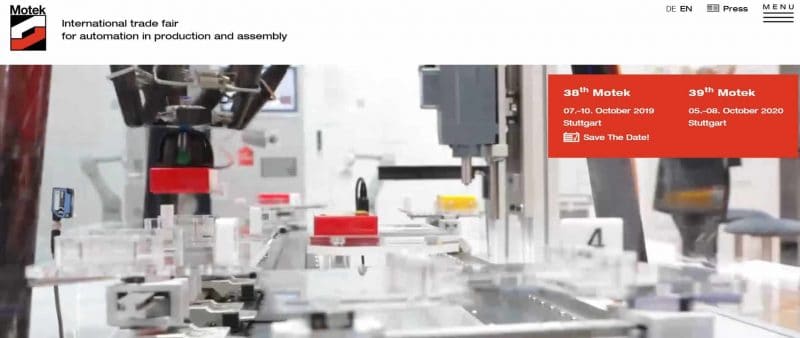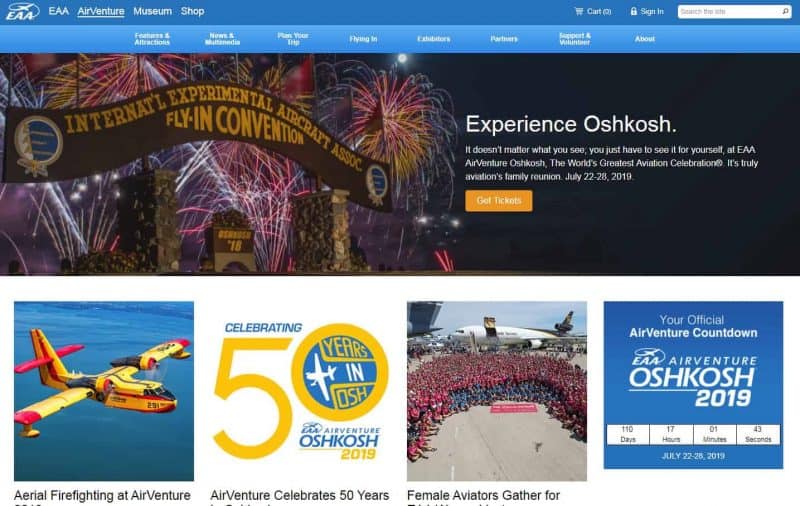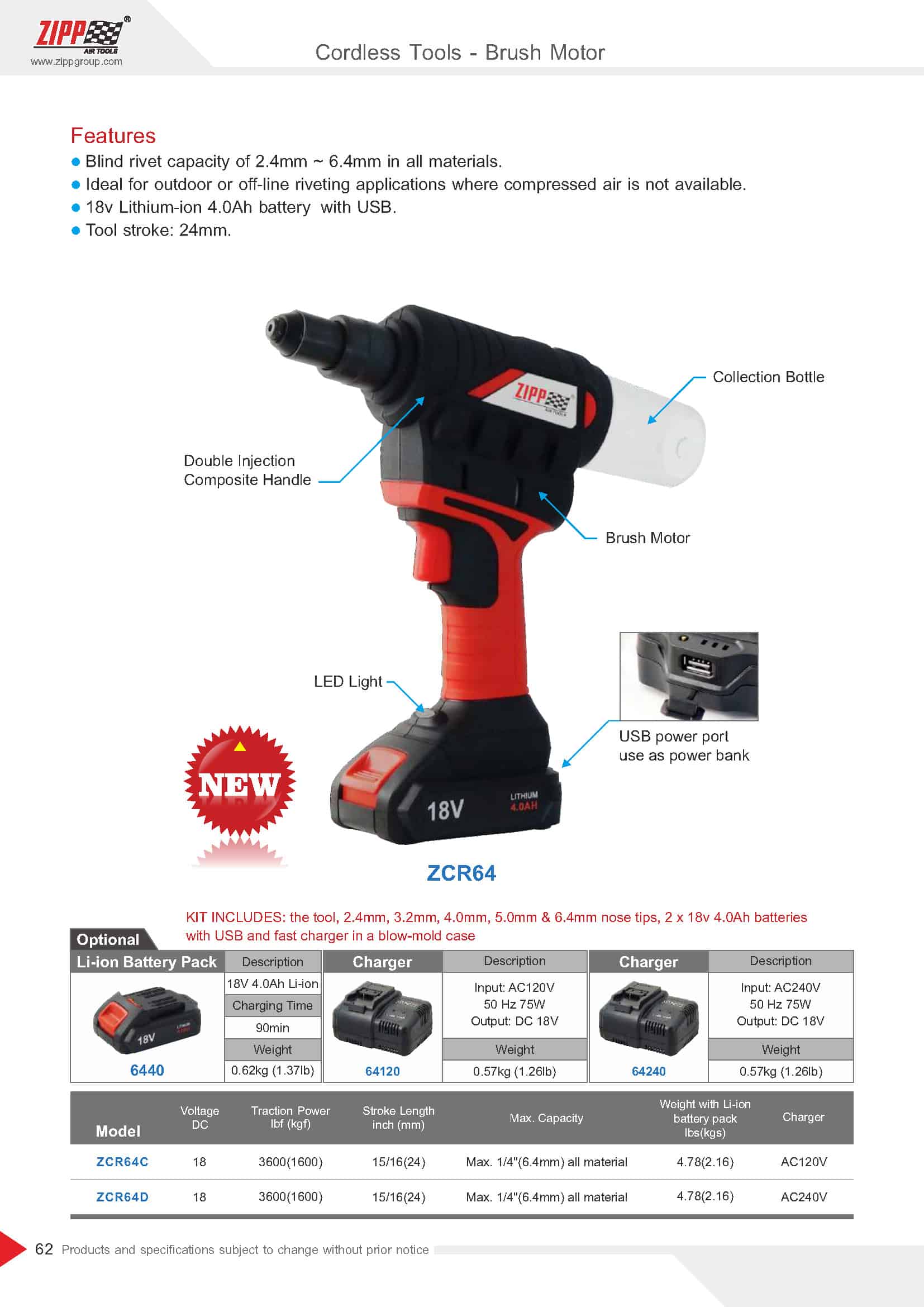Split riveters designed specifically for various type of rivets with extremely limited access. The tools transmit power from the power unit through a flexible hose to a small, lightweight head. By utilizing the proper pulling head, design problems and operator fatigue can be reduced dramatically.










